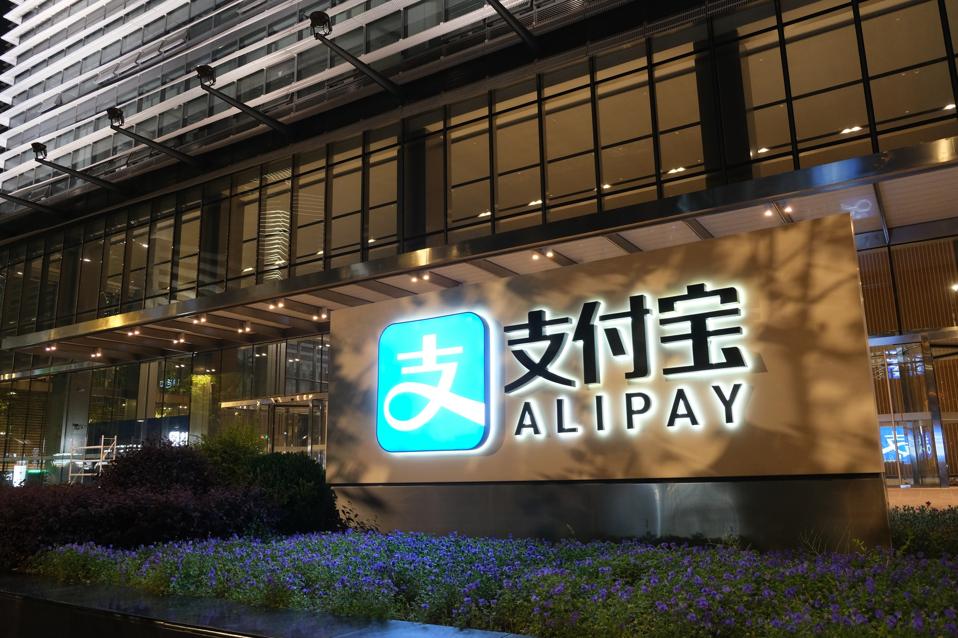Alipay’s global expansion efforts have grown increasingly strategic since the launch of its Alipay+ and its pivot to boosting interoperability among e-wallets in Asia. While it is difficult to measure the financial success of these efforts, the growth of Alipay’s international payments network in the last 18 months has been impressive and the company has smartly pared back its presence in certain markets due to geopolitical pressures.
With international travel having recovered to pre-pandemic levels, Alipay+ likely has significant room to grow, especially in neighboring countries.
Growth In Korea
One of the most important markets for Alipay+ is South Korea. Not only is Korea a top destination for Chinese tourists and business travelers, it is also China’s fifth largest trading partner. China is Korea’s largest trading partner.
Alipay is uniquely positioned to grow in Korea for these reasons and also due to its longstanding tie-up with Kakao Pay – the top e-wallet in South Korea – that dates back to 2017. Korean visitors to China can make transactions at most stores that use Alipay+ in the country using the Kakao Pay app, while Chinese visitors to Korea can do the same in that country with Alipay. Kakao Pay expanded this interoperability to 80% of in-store payments in China by the end of 2023.
At a press conference held in Seoul in Dec. 2023, Ant Group shared that Alipay+ transactions at offline merchants in Korea surged by more than 700% in the first 10 months of the year. Alipay+ services are now available in over 1.7 million merchants in Korea, such as major duty free shops, department stores, convenience stores, food and beverage (F&B) businesses and transportation services. A partnership reached with local payment system Zeropay in September 2023 has been a key factor enabling the growing Alipay+ footprint in Korea.
Additionally, Alipay has expanded its partnerships with Korean e-wallets beyond Kakao and now cooperates with Naver Pay and Toss Pay, allowing Korean users of those wallets to make QR code payments to global merchants of Alipay+ in dozens of countries. Alipay reportedly holds close to a 40% stake in Toss Pay following an agreement inked with the Korean payments firm in September 2023.
Emerging Markets Expansion
In addition to its strategic focus on advanced Asian economies like Korea, Alipay is also growing its footprint in less developed markets in South Asia. While such countries do not attract Chinese tourists or business travelers in the same numbers as Korea, Japan or Southeast Asia, they nonetheless still offer certain opportunities.
To that end, in January, Ant inked a deal with Pakistan’s NayaPay to “boost global payments into Pakistan.” The two companies will deploy QR codes compatible with Pakistan’s instant payment system Raast and Alipay+ payment partners. This linkage should help to improve the connectivity between international cashless payment systems and Pakistan. Additionally, the partnership will allow NayaPaya to connect Pakistani businesses to about 25 Alipay+ global payment partners.
Pakistan is arguably the most significant nascent fintech market in Asia with an unbanked population of 100 million – about 70% of the population. In absolute numbers, there are more unbanked people in both India and Indonesia, but those markets have much more developed fintech ecosystems than Pakistan. If Ant Group can be an early mover in this market, it may, over time, reap substantial rewards.
Alipay+ has also expanded to Sri Lanka, a much smaller market than Pakistan at 22 million, but still worth pursuing. Once again, Ant seems keen to get in on the ground floor and establish an early mover’s advantage. In September 2023, the Chinese company announced that more than 400,000 merchants in Sri Lanka will be able to accept cross-border digital payments through Alipay+ and its partner apps.
Slow Exit From India
In contrast to its expansion in Pakistan and Sri Lanka, Ant Group is gradually exiting the Indian market. The main reason for its departure from such a promising fintech market is that the business environment has become increasingly challenging for Chinese companies amid strained Sino-Indian ties and a broader push by New Delhi to rein in tech giants.
Ant once had a significant stake in Indian fintech unicorn Paytm, but it has been busy selling off that stake. In August 2023, Ant sold Paytm founder Vijay Shekhar Sharma 10.3% a stake in the company worth $628 million. That same month, the Chinese company sold another 3.6% stake in Paytm on the open market.
We will not be surprised if Ant sells off its remaining 10% stake in Paytm over time. There could be pressure from Indian regulators to do so, while Paytm’s long-term potential has also been questioned with the imminent demise of its payments bank and alleged compliance violations.
Serving Asian Tourists in Europe
Looking ahead, Alipay+ will look to leverage the spending power of Asian travelers and its growing network of partner e-wallets beyond Asia. While there are opportunities in the United States, any large-scale U.S. expansion could be subject to controversy given that this is a presidential election year there and Chinese tech companies continue to be scrutinized carefully by lawmakers.
In contrast, there are fewer obstacles in Europe and on March 14 Alipay announced that it would partner with WorldFirst (which it acquired in 2019) for the 17th edition of the international football championship organized by Union of European Football Associations (UEFA). The partnership will facilitate the expansion of the Alipay+ network’s coverage across Germany. In addition to Alipay, AlipayHK and Macao’s MPay, e-wallets involved in this initiative include Malaysia’s Touch ‘n Go eWallet and MyPB, Mongolia’s Hipay (Mongolia), the Philippines’ GCash, Singapore’s Changi Pay and OCBC Digital, Thailand’s TrueMoney and South Korea’s Kakao Pay, Naver Pay and Toss Pay.
Looking ahead, we expect that Alipay+ will also look for opportunities in the Middle East, Latin America and Africa as China has deep economic links with all of those regions.

